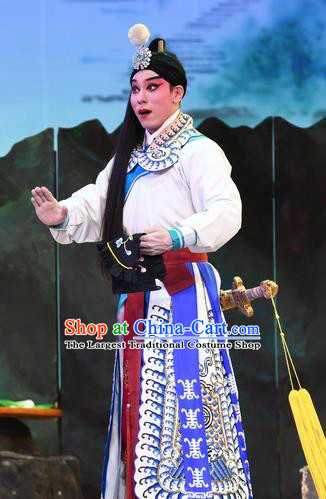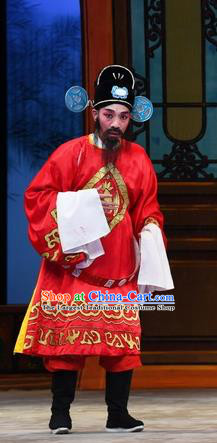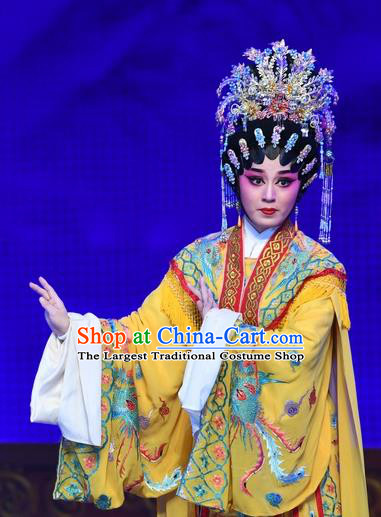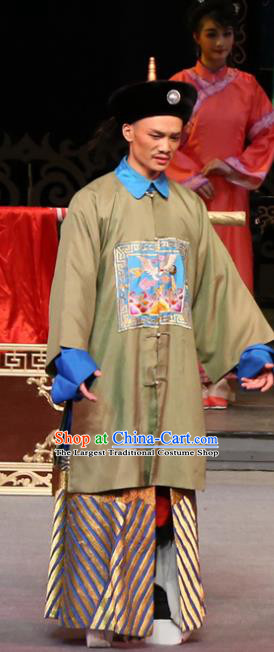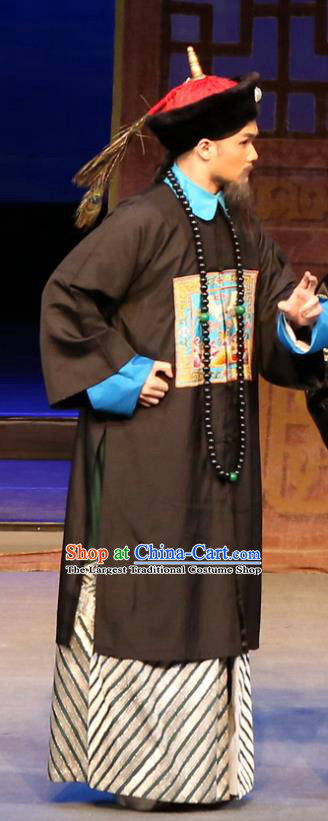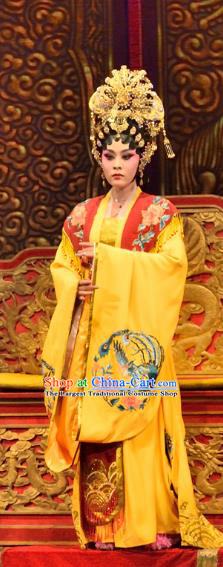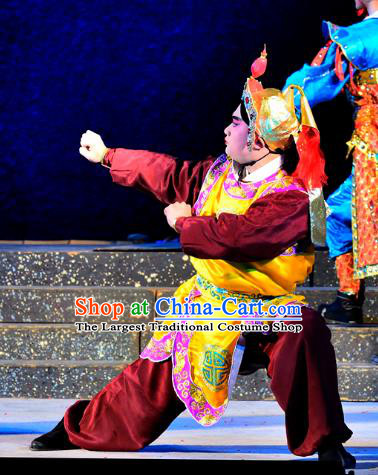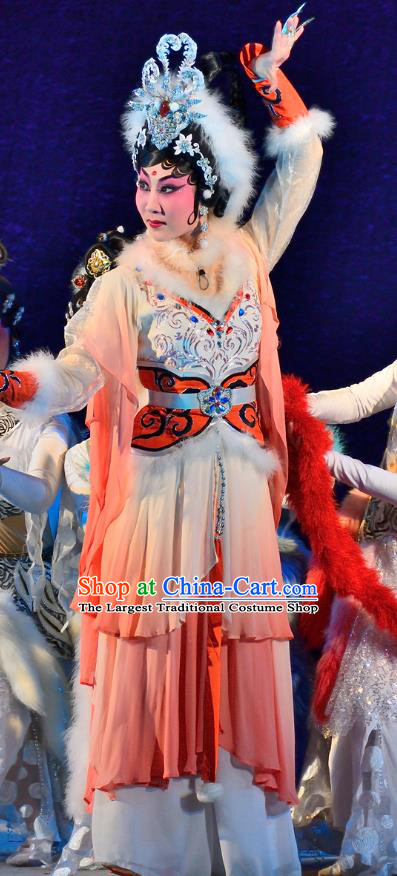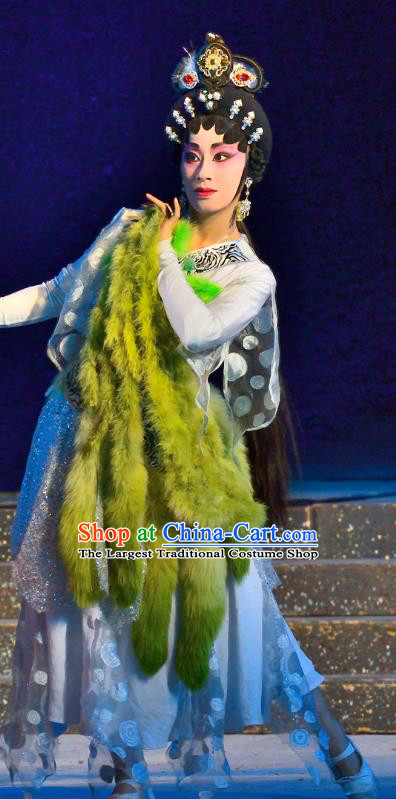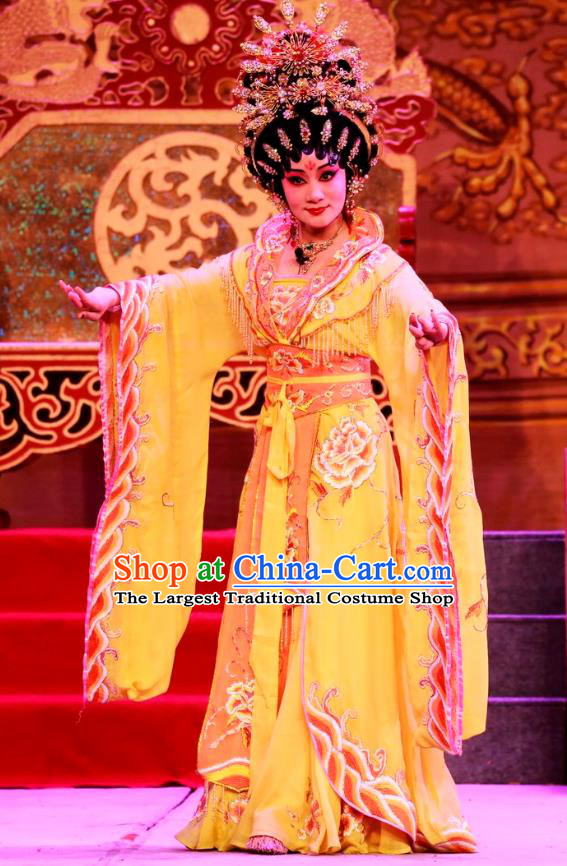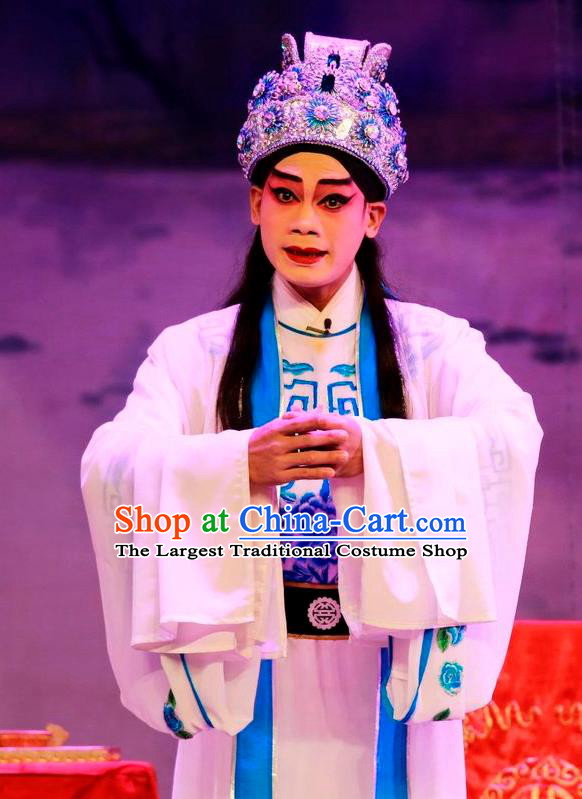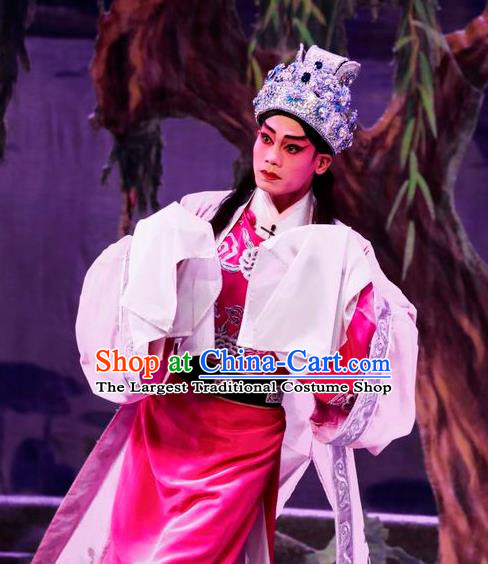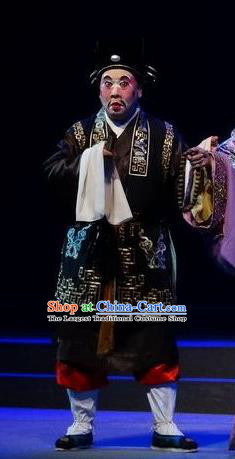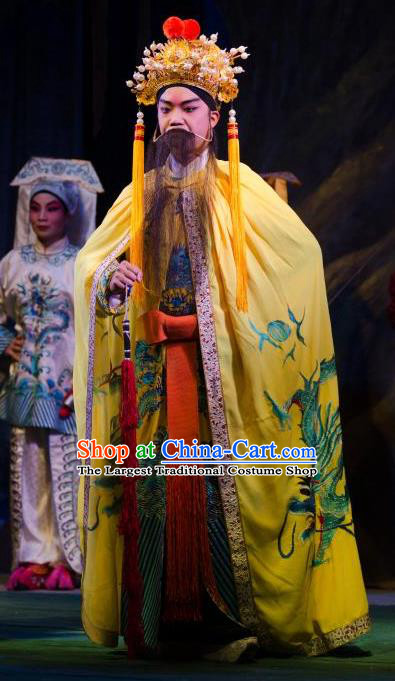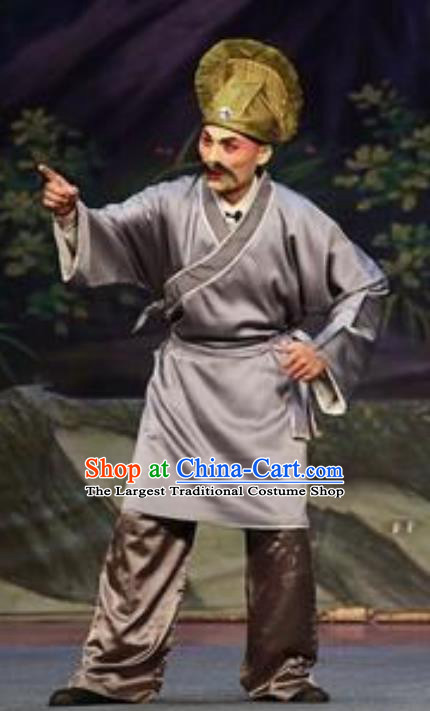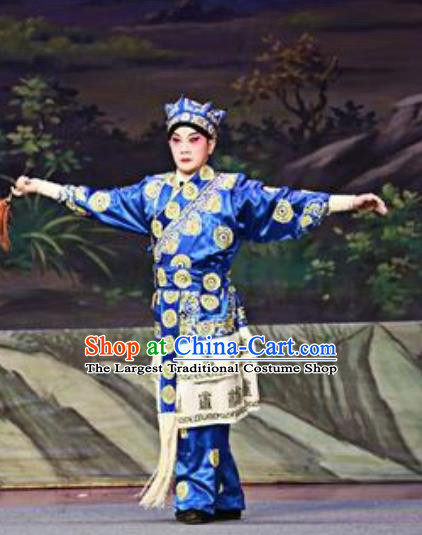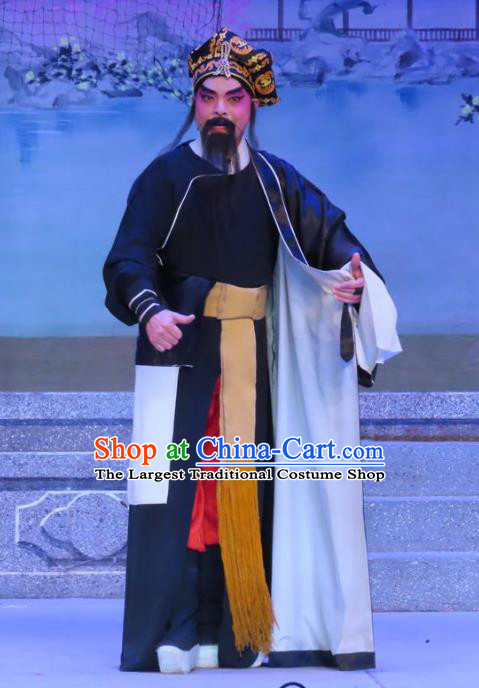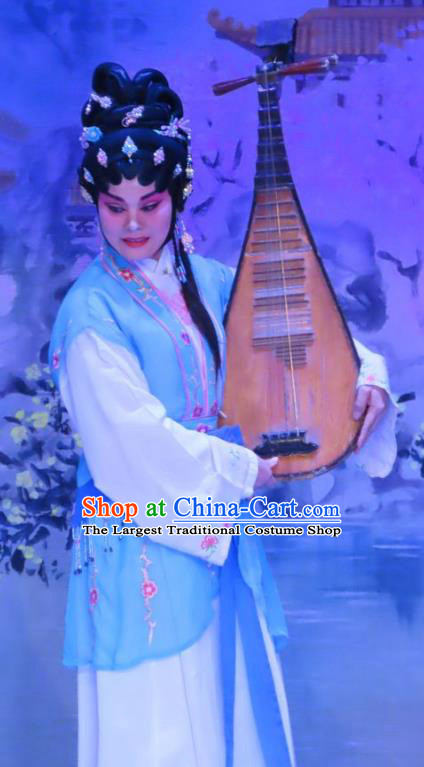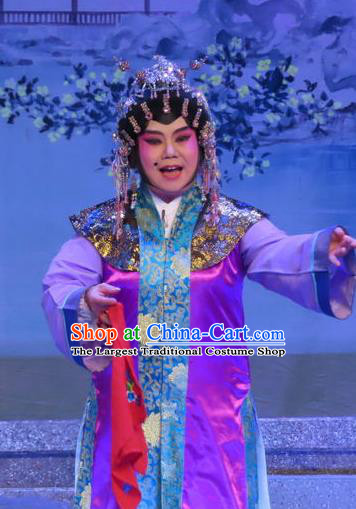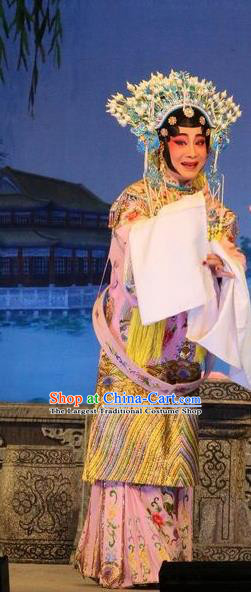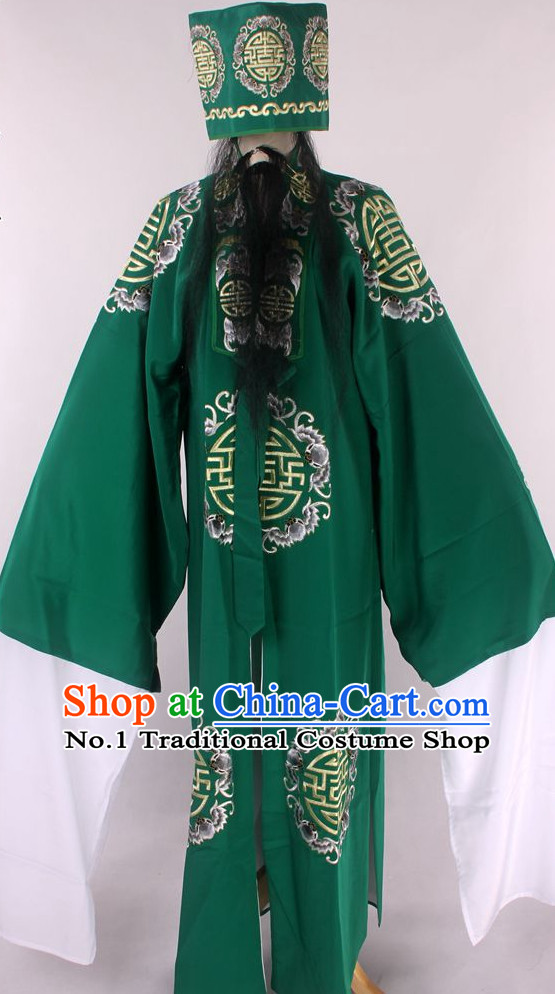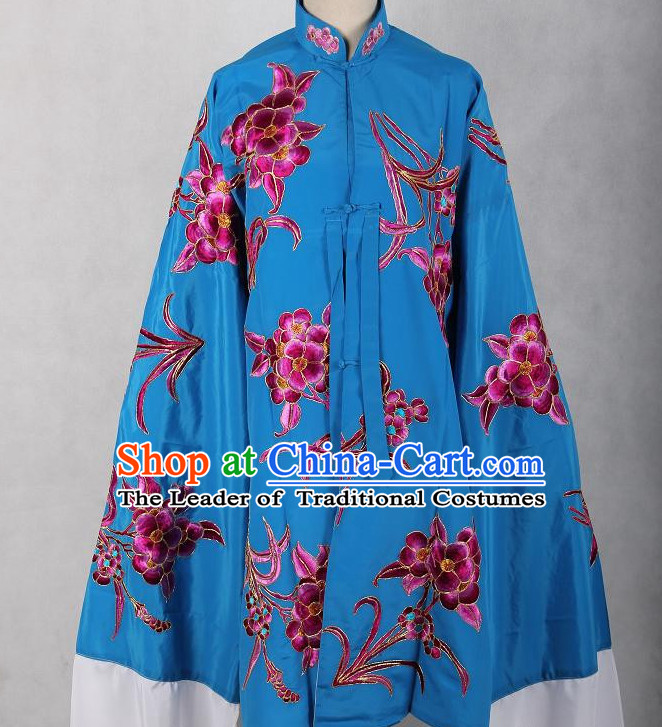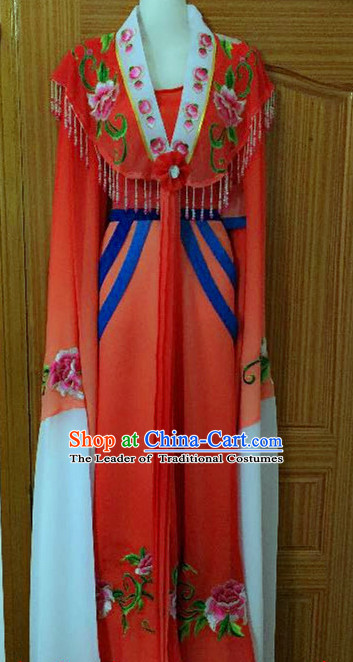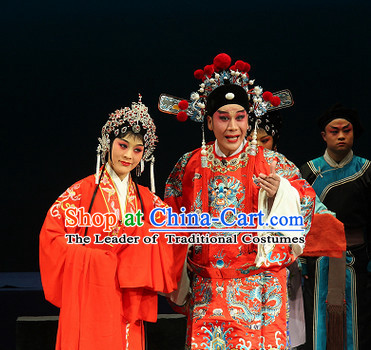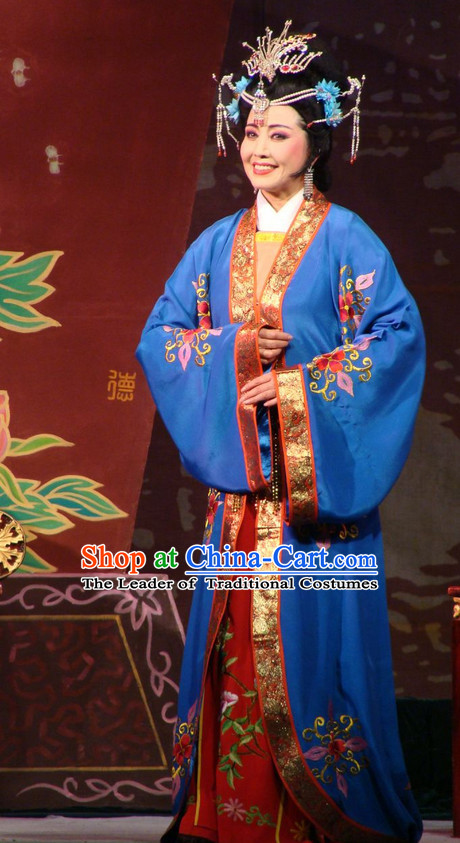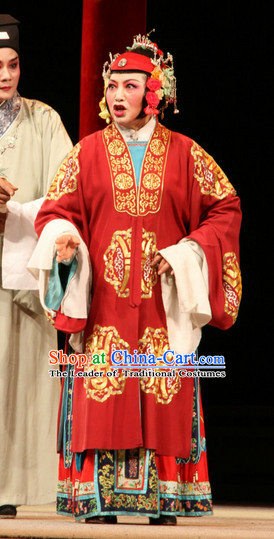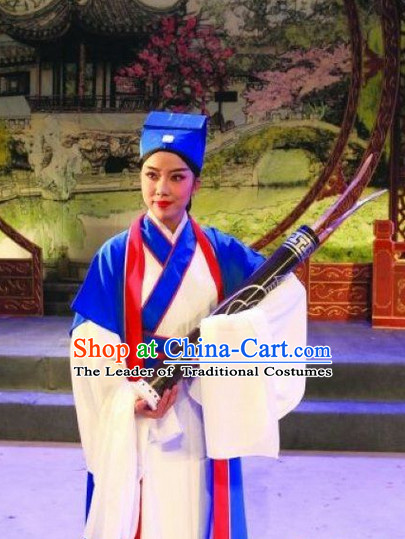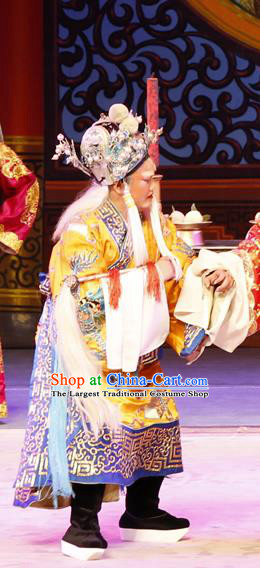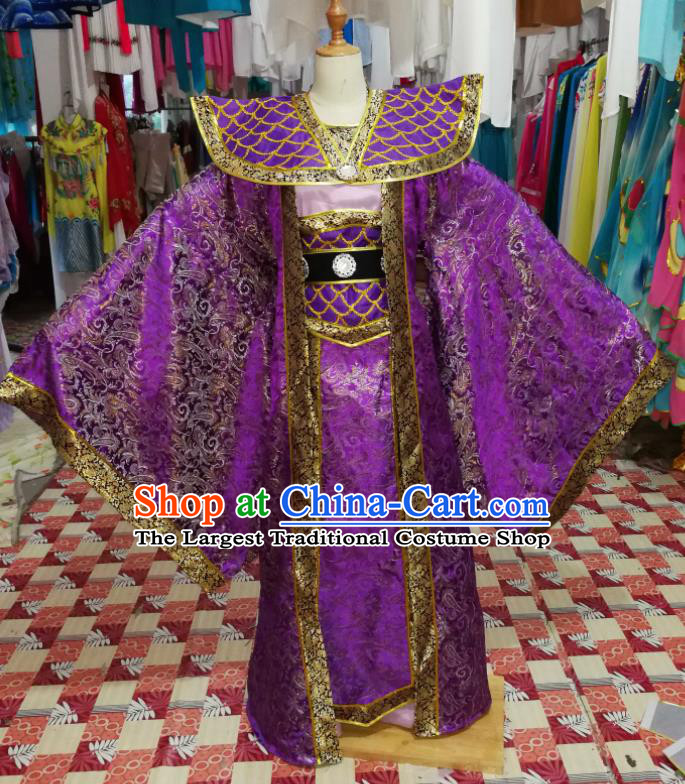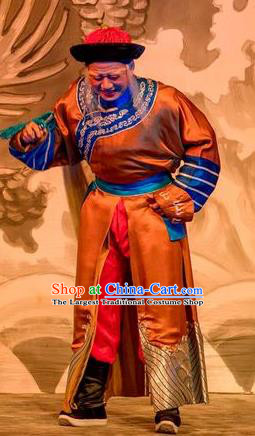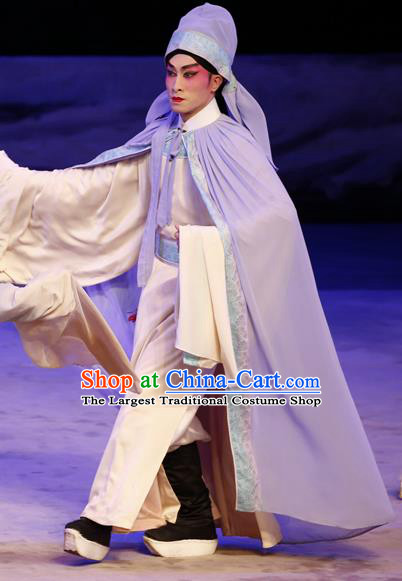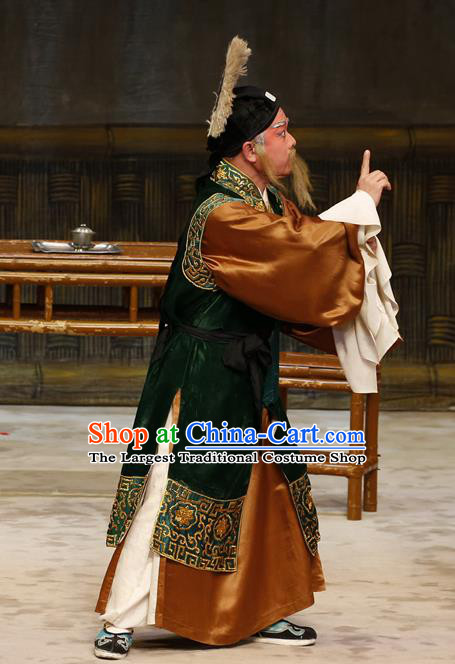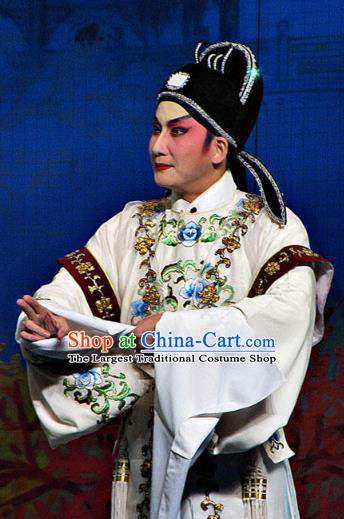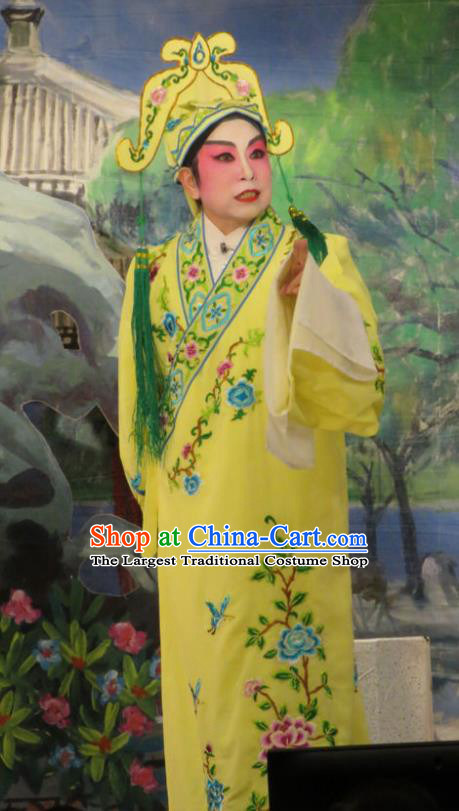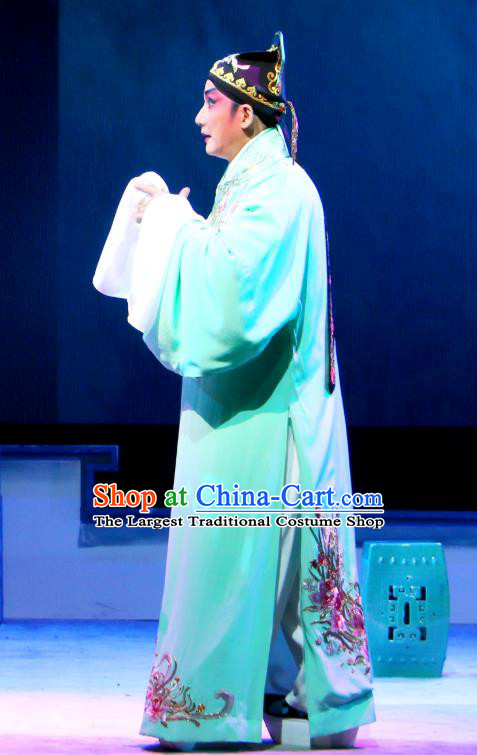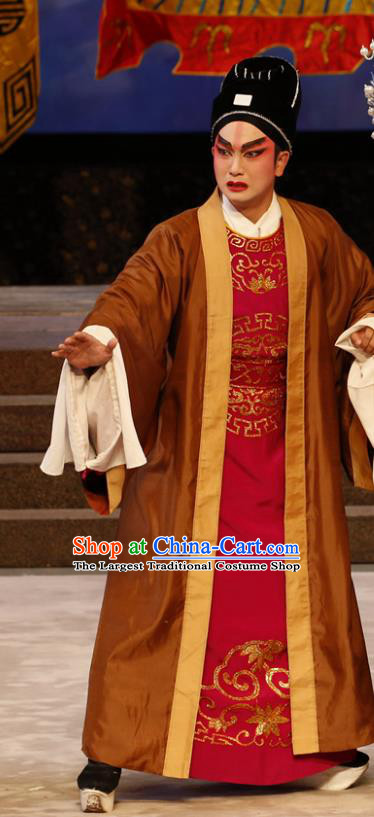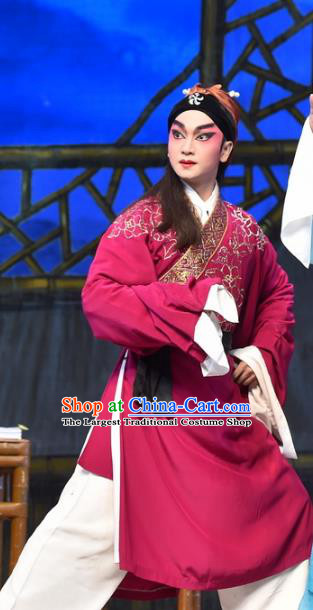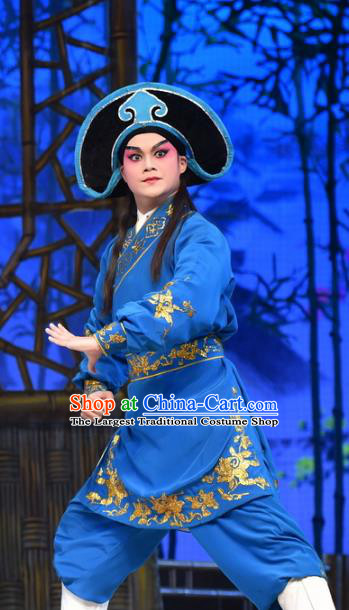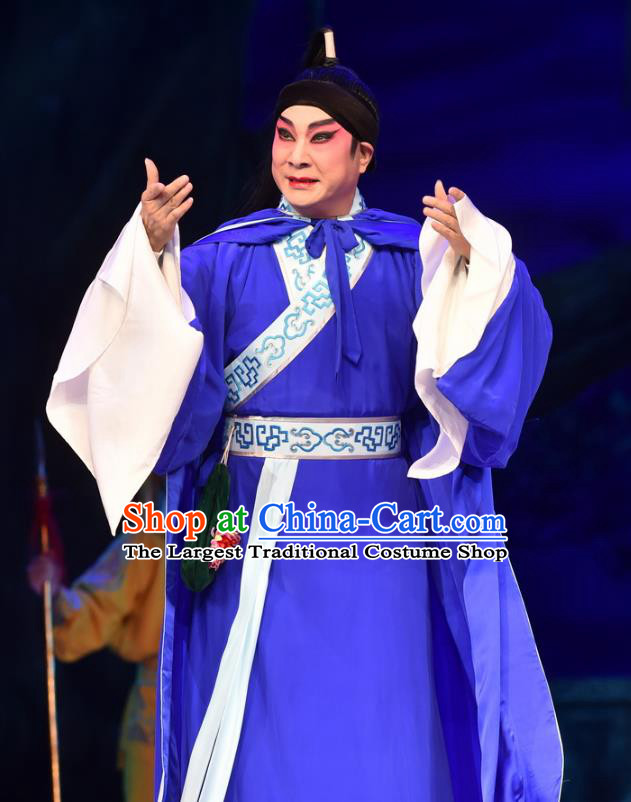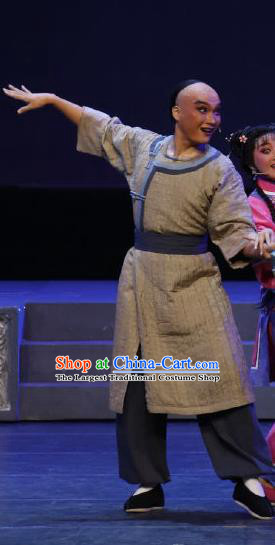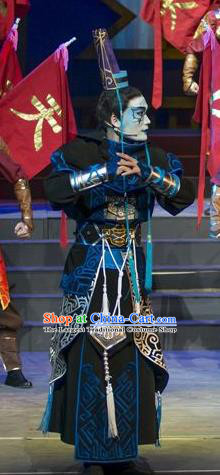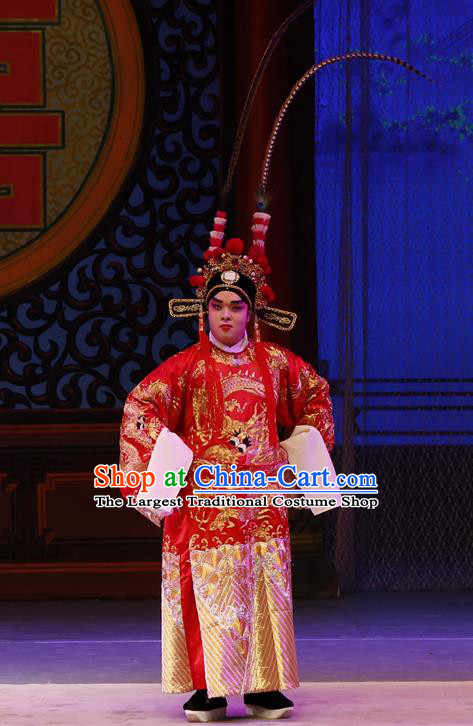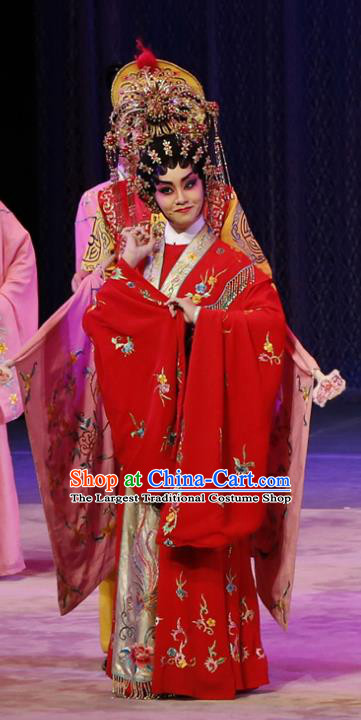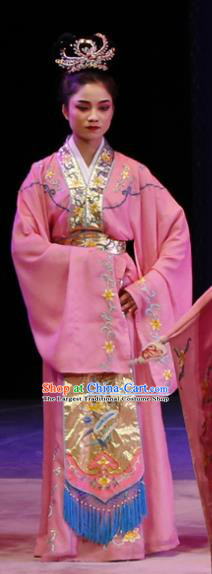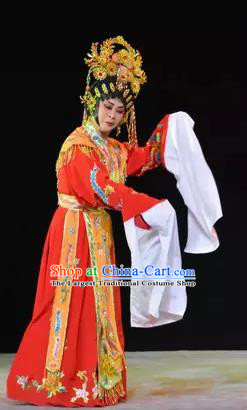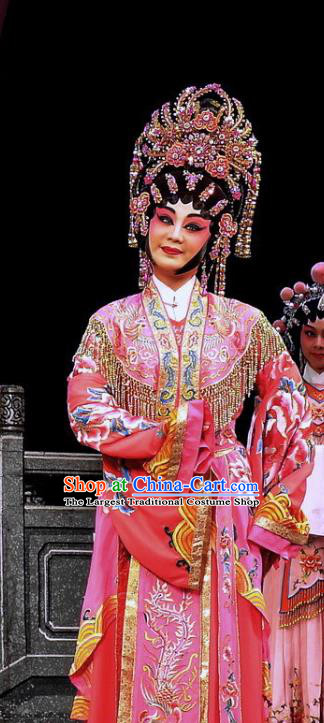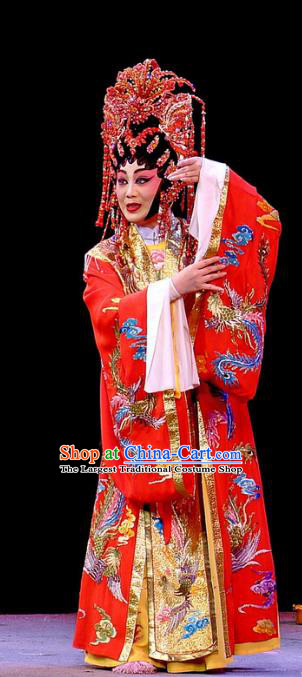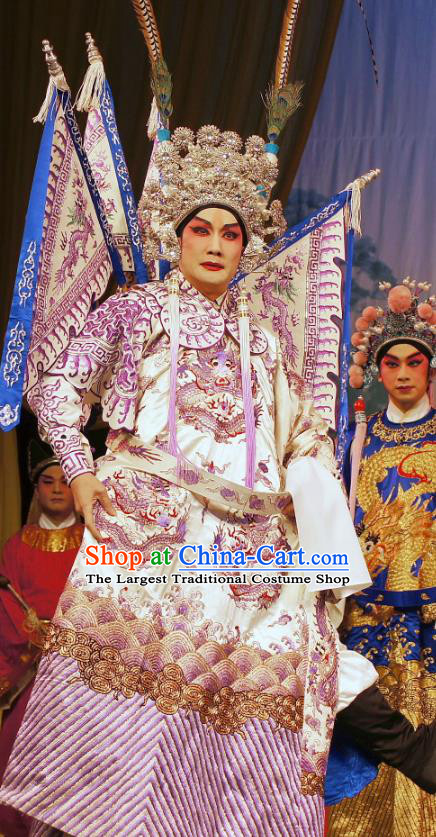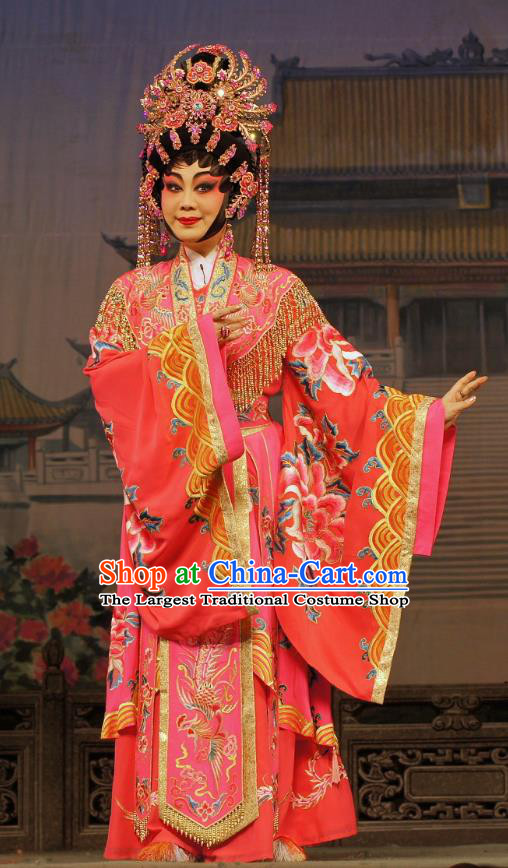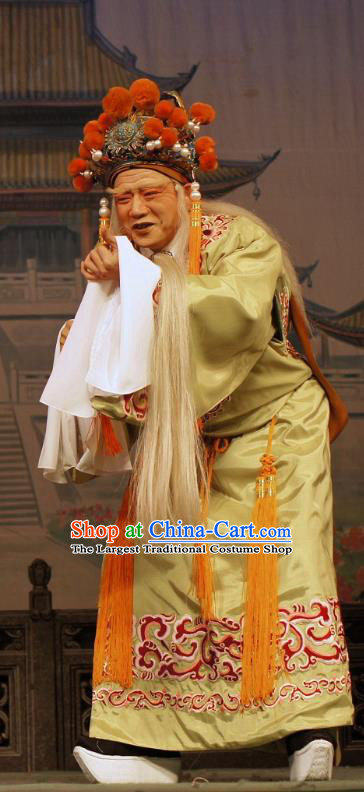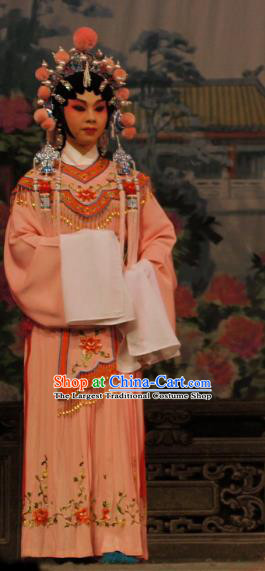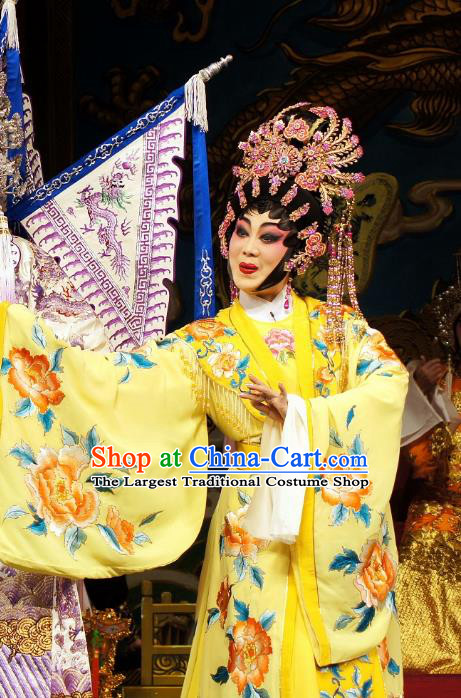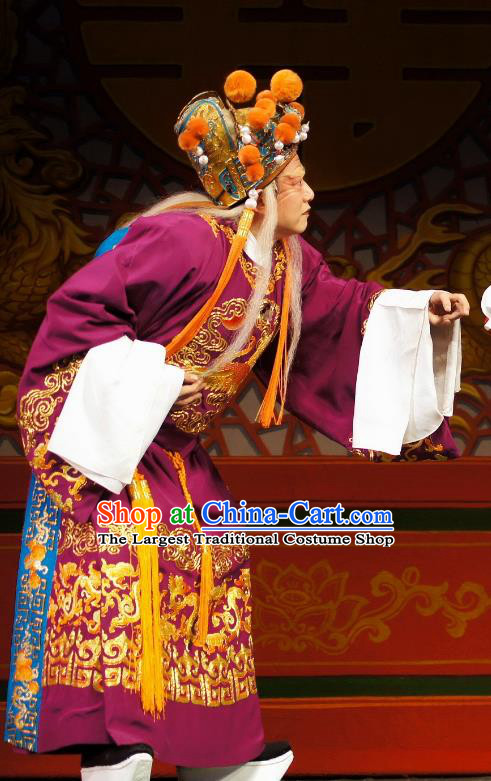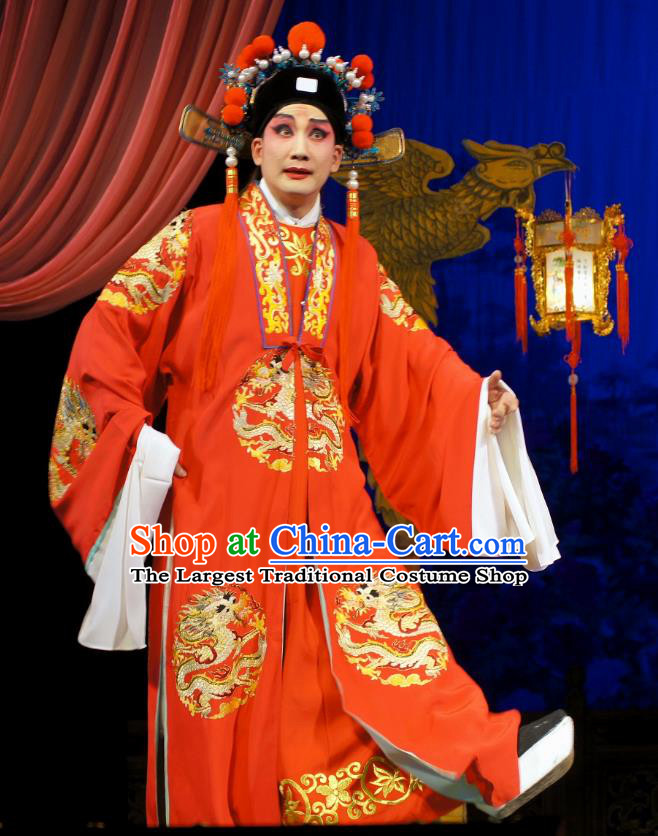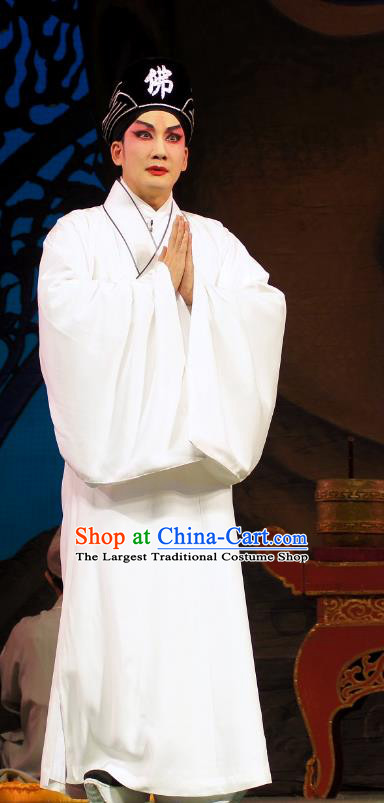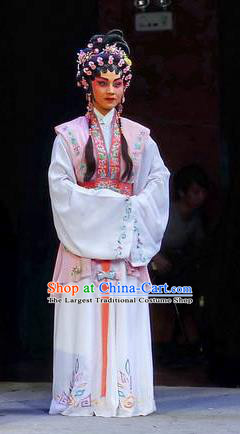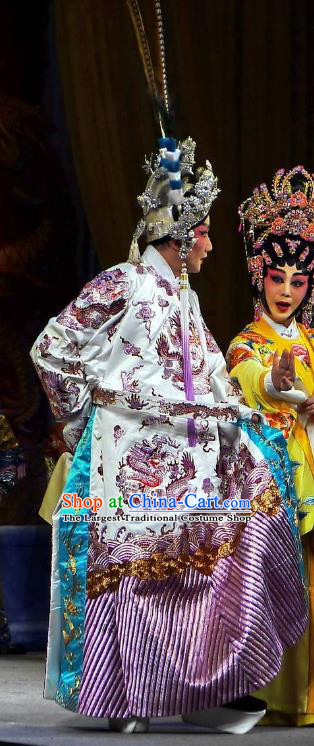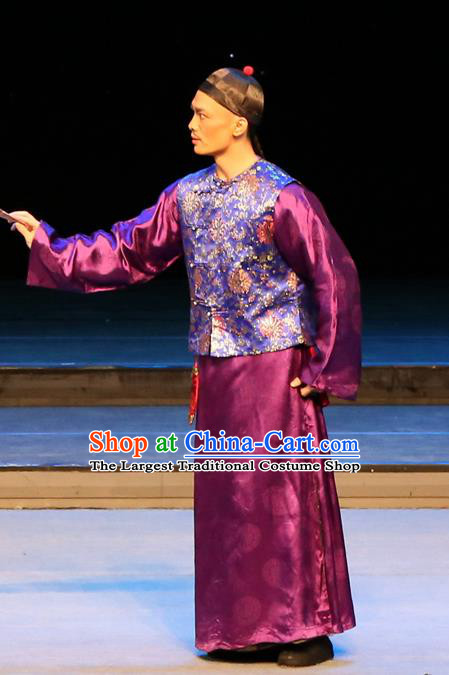
Click Related Pictures for More Audios:
Traditional Chinese Opera Cantonese Opera Guangdong Opera Embroidered Men Costumes
The traditional Chinese opera, Cantonese opera, and Guangdong opera are renowned for their rich cultural heritage and artistic expression.
These forms of opera have been passed down through generations and continue to captivate audiences with their intricate costumes and mesmerizing performances.
The embroidered men costumes in particular are a testament to the skill and craftsmanship of Chinese artisans.
Each costume is meticulously designed and adorned with intricate embroidery, creating a stunning visual feast for the eyes.
The vibrant colors and intricate patterns add depth and character to each piece, making them not only visually appealing but also culturally significant.
The costumes serve as a symbol of the artistry and creativity that has been cultivated within China's cultural traditions over centuries.
They represent the dedication and hard work of those who have dedicated their lives to preserving and promoting these art forms.
In addition to their aesthetic appeal, the embroidered men costumes also hold historical significance.
They were worn by performers during various periods of Chinese history, from the Ming Dynasty to the present day.
Each costume tells a story about the culture, society, and values of its time period.
By wearing these costumes, performers can transport audiences back in time and immerse them in the world of traditional Chinese opera.
The intricate embroidery on each costume represents the skill and dedication of the artisans who created them.
It is a testament to the level of craftsmanship and attention to detail that was required to create such beautiful pieces.
The use of bright colors and bold patterns adds a sense of vibrancy and energy to the costumes, making them stand out against the backdrop of traditional Chinese opera performances.
Overall, the embroidered men costumes in traditional Chinese opera are a true masterpiece of art and culture.
They represent the dedication and hard work of those who have dedicated their lives to preserving and promoting this ancient art form.
Through their intricate designs, vibrant colors, and historical significance, they serve as a reminder of the rich cultural heritage that has been passed down through generations in China.




